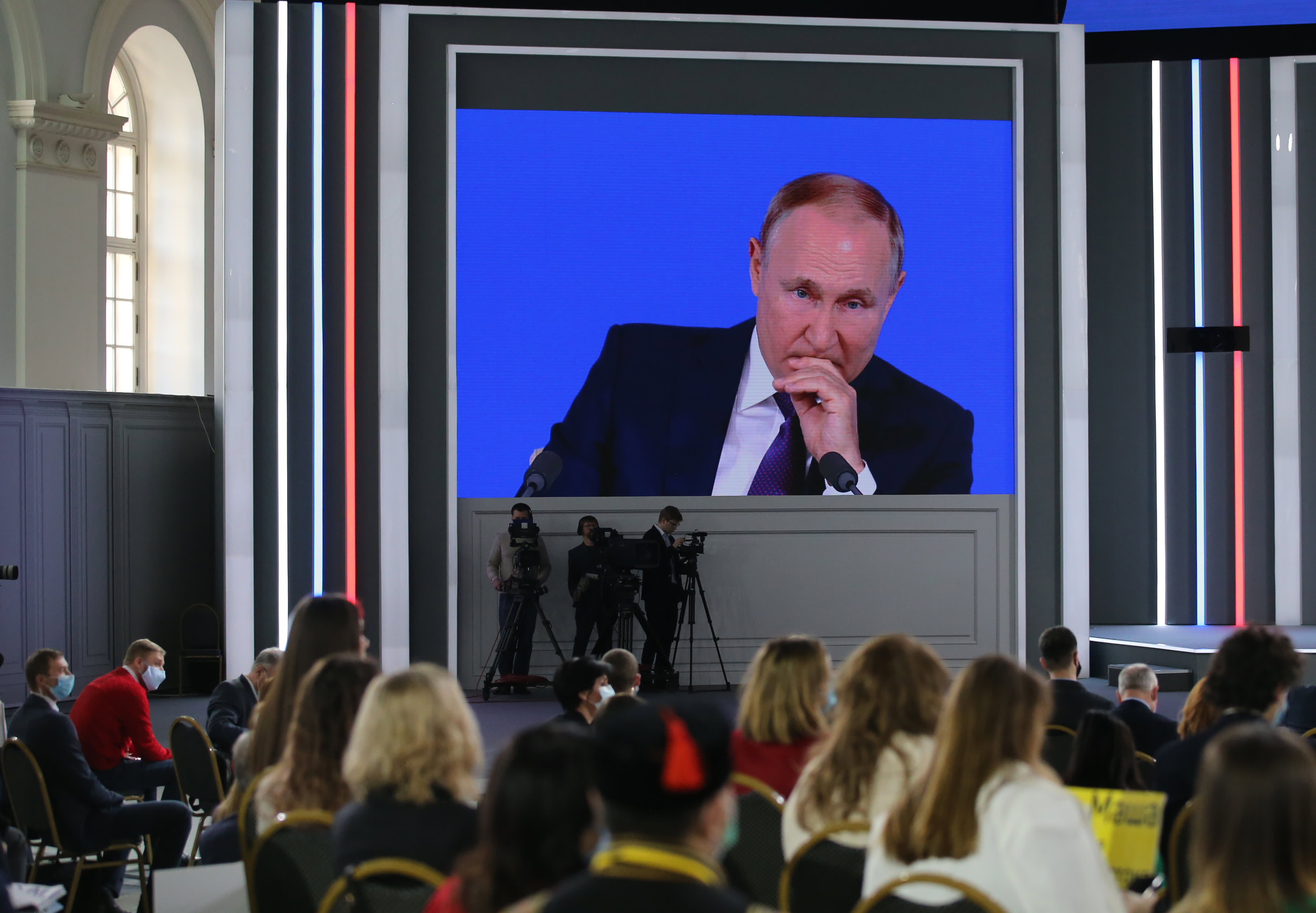
U.S. Ambassador to NATO Julianne Smith said the U.S. and its allies are continuing to signal to Russia that they are ready to respond to an escalation, including by imposing “massive economic sanctions and consequences.”
“We’re looking at all options,” she told CNBC’s Hadley Gamble on Thursday.
In response to a question on whether sanctions are limited in their effectiveness, Smith said there isn’t “any indication yet” that Russian President Vladimir Putin has decided what to do with the troops that he has deployed to the border with Ukraine.
“We’re trying to sharpen the choice for President Putin as he weighs his options here,” she added.
The growing military presence at the border has sparked fears of a war between Moscow and Kyiv. Negotiations with the U.S. and other Western powers have not yielded much progress, and the possibility of punishing sanctions has not pressured Russia into de-escalating the situation.
The former president of Ukraine, Petro Poroshenko, previously told CNBC that sanctions on Nord Stream 2 would make Russia weaker and discourage Putin from attacking. Nord Stream 2 is a pipeline project that would bypass Ukraine while carrying gas from Russia to Europe.
The Kremlin has denied it is planning to invade Ukraine, in what would be a repeat of its illegal annexation and occupation of Crimea in 2014.
Russian President Vladimir Putin is seen on a screen as he speaks during his annual press conference at the Moscow Manege on December 23, 2021, in Moscow, Russia.
Mikhail Svetlov | Getty Images News | Getty Images
Separately, Smith said that the decision to send 3,000 U.S. troops closer to Ukraine was made partly to reassure allies in the region and to serve as a deterrent.
Asked if that could be seen as provocative to Russia, she pointed out that the numbers differ greatly, estimating that around 127,000 troops are stationed around Ukraine’s border.
“I really think we’re comparing apples and oranges,” she said, adding that U.S. troops are not going into Ukraine and will not be permanently moved to central and eastern Europe.




